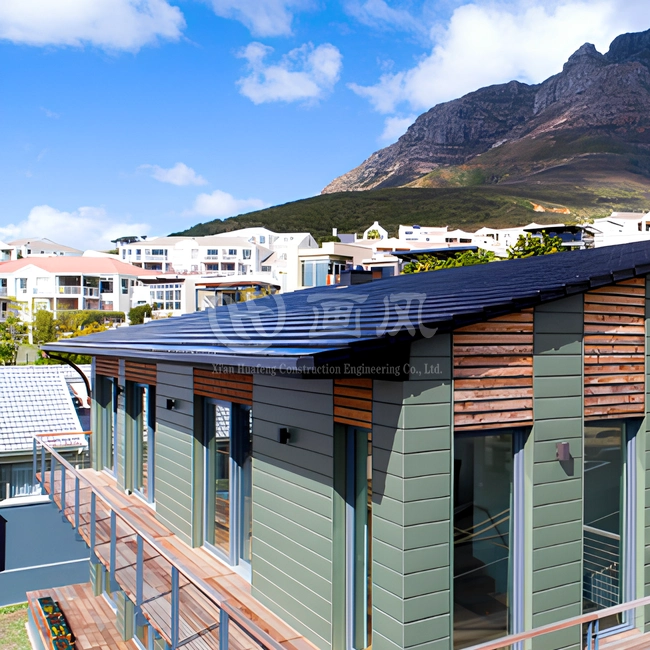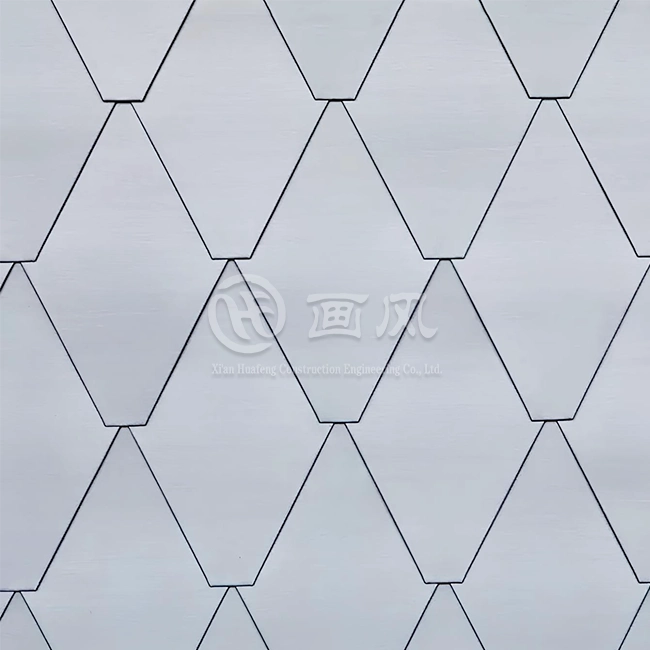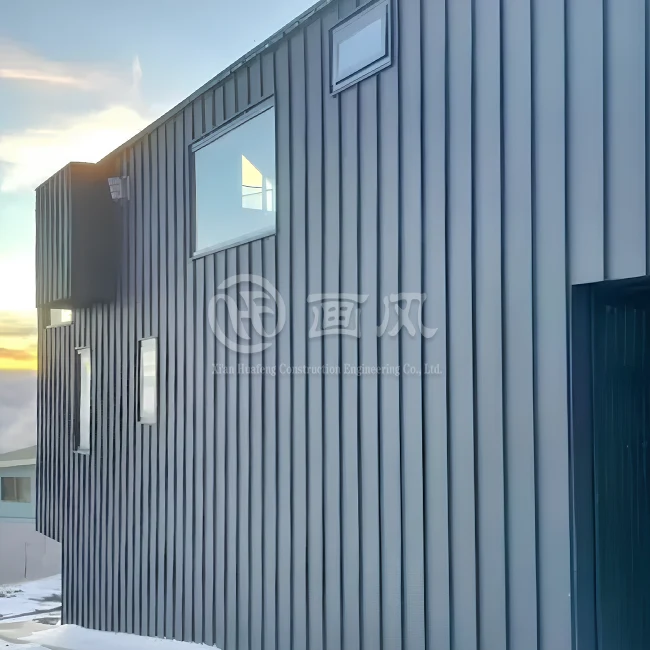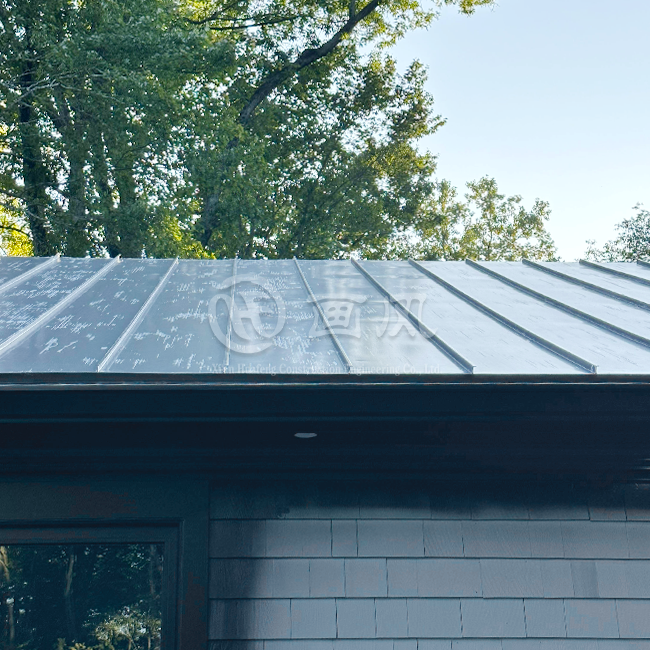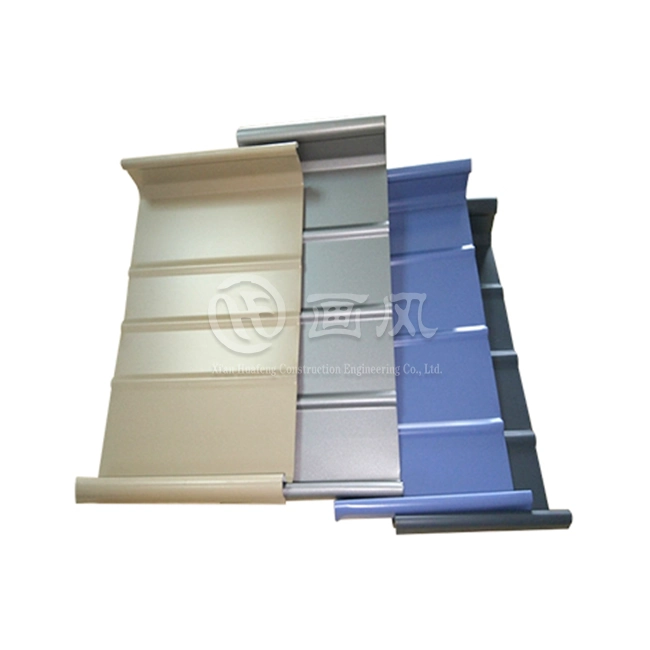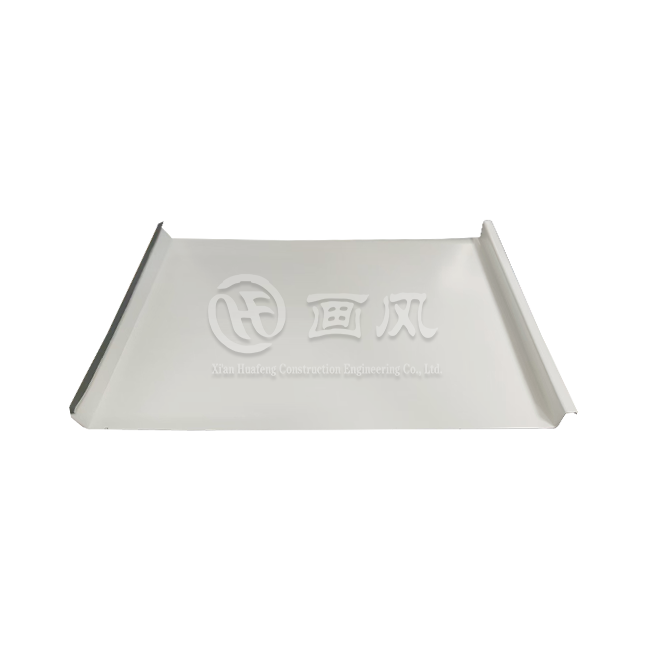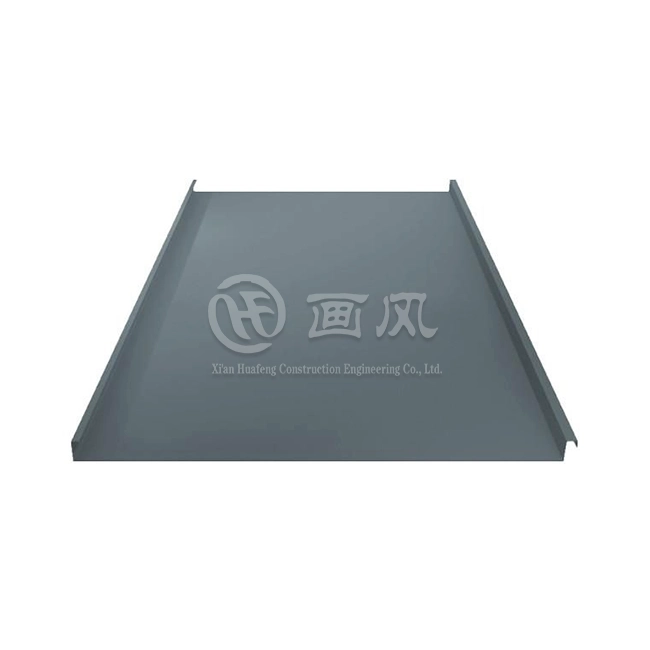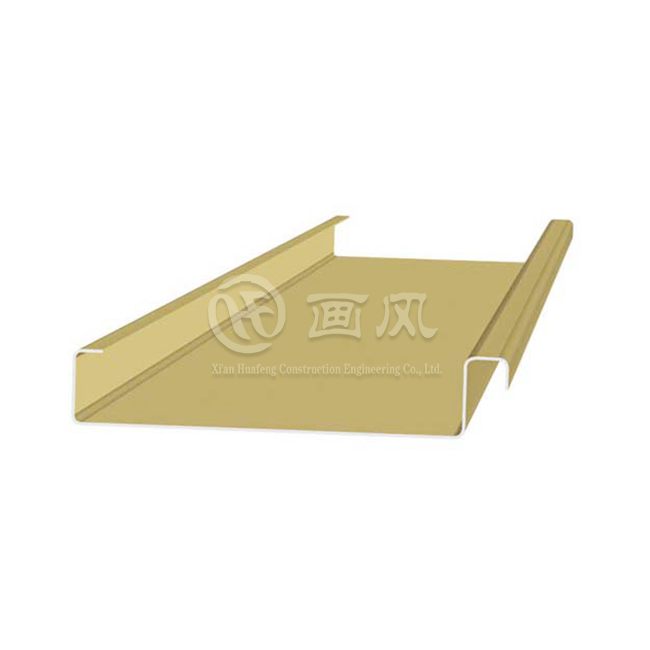Aluminum has strong metal activity and is easily oxidized. White spots on aluminum panels are a common problem that many people encounter. These spots are unsightly and may affect the overall appearance of the panel. During the production process of aluminum panels, a fine aluminum oxide film (white) is formed on its surface when it is oxidized, preventing the alloy material from continuously reacting with aluminum. Therefore, it is normal for white spots to appear on aluminum panels.
However, for aluminum panels with strict appearance requirements, how can we prevent the generation of white spots on the surface of alloy aluminum panels? What are the causes of white spots? Understanding the causes and treatment methods of white spots on aluminum panels is essential to maintaining its beauty and structural integrity. The following aluminum panel manufacturer Huafeng Construction introduces the causes and treatment methods of white spots.

One of the main causes of white spots on aluminum panels is corrosion.
When aluminum is exposed to moisture and oxygen, a chemical reaction occurs, forming white spots, also known as oxidation. This process is accelerated in environments with high humidity or exposure to salt water. In addition, improper cleaning methods or the use of harsh chemicals can also cause white spots on aluminum panels.
Sometimes it is an oxidized surface caused by damp warehouse air.
To prevent this from happening, the warehouse environment needs to be kept dry and ventilation needs to be enhanced. In the production process of aluminum plates, this situation often occurs. Aluminum alloy ingots are prone to oxidation and mold when opened or half-closed, so protective treatment is required.
Aluminum plates usually have an oxide layer.
If white spots appear, it means that the oxide layer is damaged or the aluminum alloy is corroded by acid and alkali. If scars appear, it is difficult to eliminate, but if there are no scars, it can be restored. The chemical composition, structure and uniformity of the metal phase of aluminum and aluminum alloys will affect the formation and performance of the oxide film. The oxide film of pure aluminum or aluminum-magnesium alloy is easier to form and the quality is better. However, it is more difficult to form an oxide film for aluminum-silicon alloys or aluminum alloys with a high copper content. The generated film will appear dull, gray, and have poor gloss.
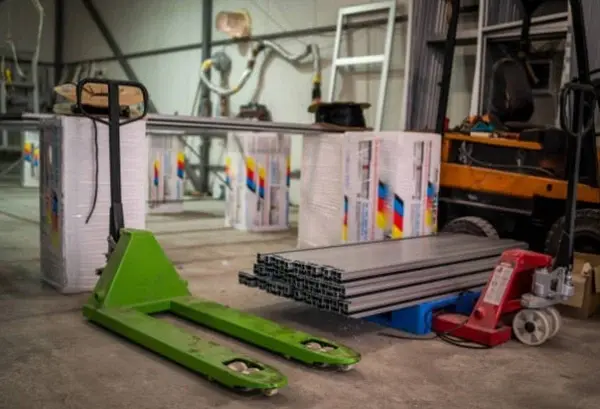
If the surface shows uneven metal phases, structural deviations, micro-impurities offset, or improper heat treatment leads to uneven structures in various parts, selective oxidation or selective dissolution is likely to occur. If the silicon content in some aluminum alloys is offset, it usually results in some areas without oxide films or black mottled stripes or partial selective dissolution to form holes.
When anodizing large aluminum alloy plates, it is found that white spots will appear on the surface after completion, especially the oxidized aluminum panels. The main reason is that the aluminum alloy plate is not completely rinsed after oxidation, resulting in white spots on the surface after drying. The solution is to strengthen the rinsing after oxidation and try to choose to rinse thoroughly with a water gun. At the same time, pay attention to protecting the surface after rinsing, try to avoid touching other objects, and let it dry naturally.
To effectively deal with white spots on aluminum panels, it is important to first determine the root cause. If the spots are the result of corrosion, the affected area can be gently sanded to remove the oxide. After sanding, the panel should be thoroughly cleaned to remove any residue. Applying a protective coating or sealant can help prevent future oxidation and protect the panel from environmental factors.
Suppose the white spots are caused by improper cleaning or the use of harsh chemicals. In that case, it is necessary to use gentle cleaning methods and non-abrasive cleaners specifically for aluminum surfaces to avoid further damage. In addition, regular maintenance and cleaning can help prevent the accumulation of contaminants that may cause white spots to form.
To effectively control white spots on the surface of aluminum sheets, it is necessary not only to pay attention to the appearance problems during the product manufacturing process but also to take precautions during the surface treatment, to prevent the occurrence of white spots with standardized and strict processes and techniques. Cleaning white spots can be done by acid or alkali washing, but the concentration needs to be controlled, or spraying is done to isolate the aluminum from oxygen. For more information, please visit huafeng@hfmetalroof.com









